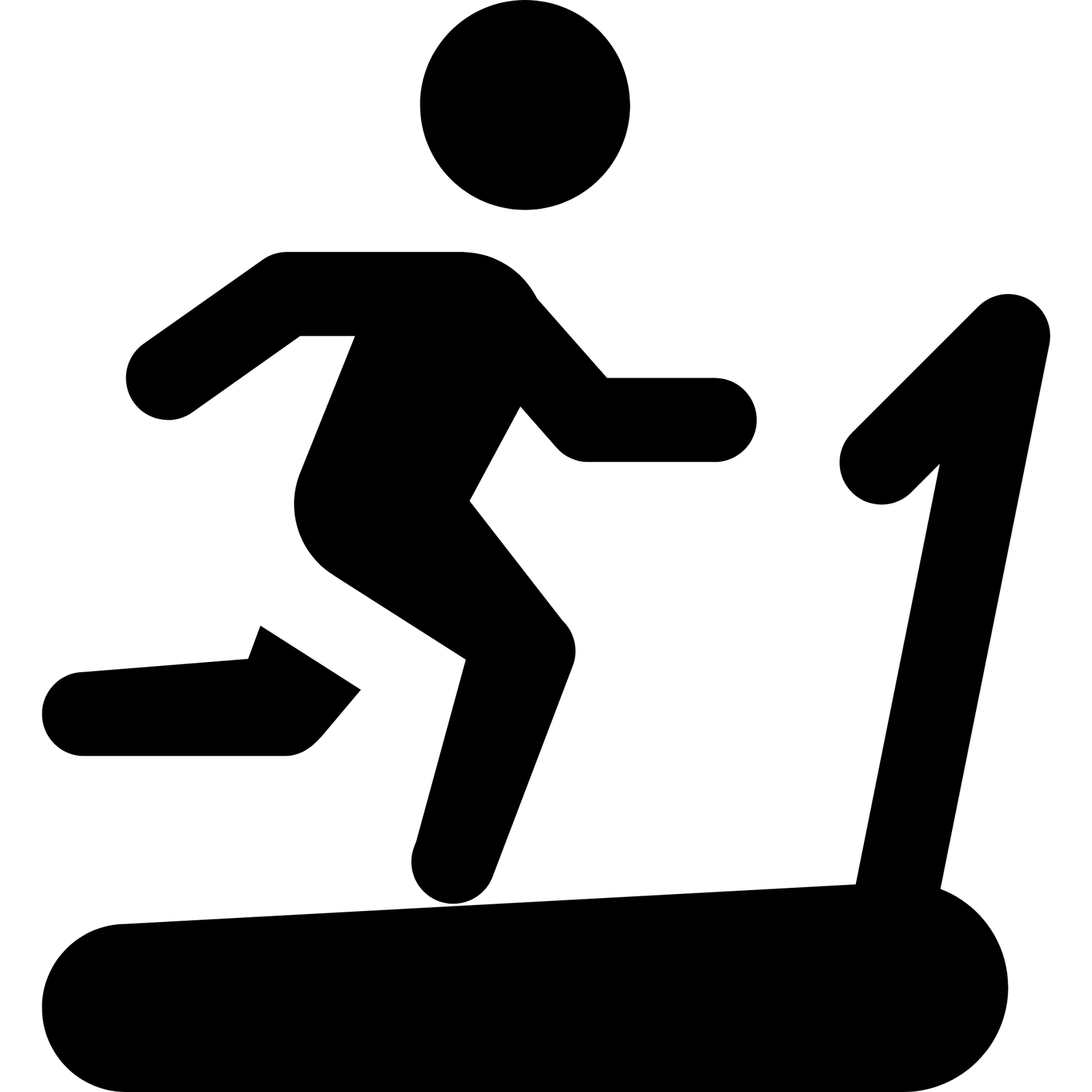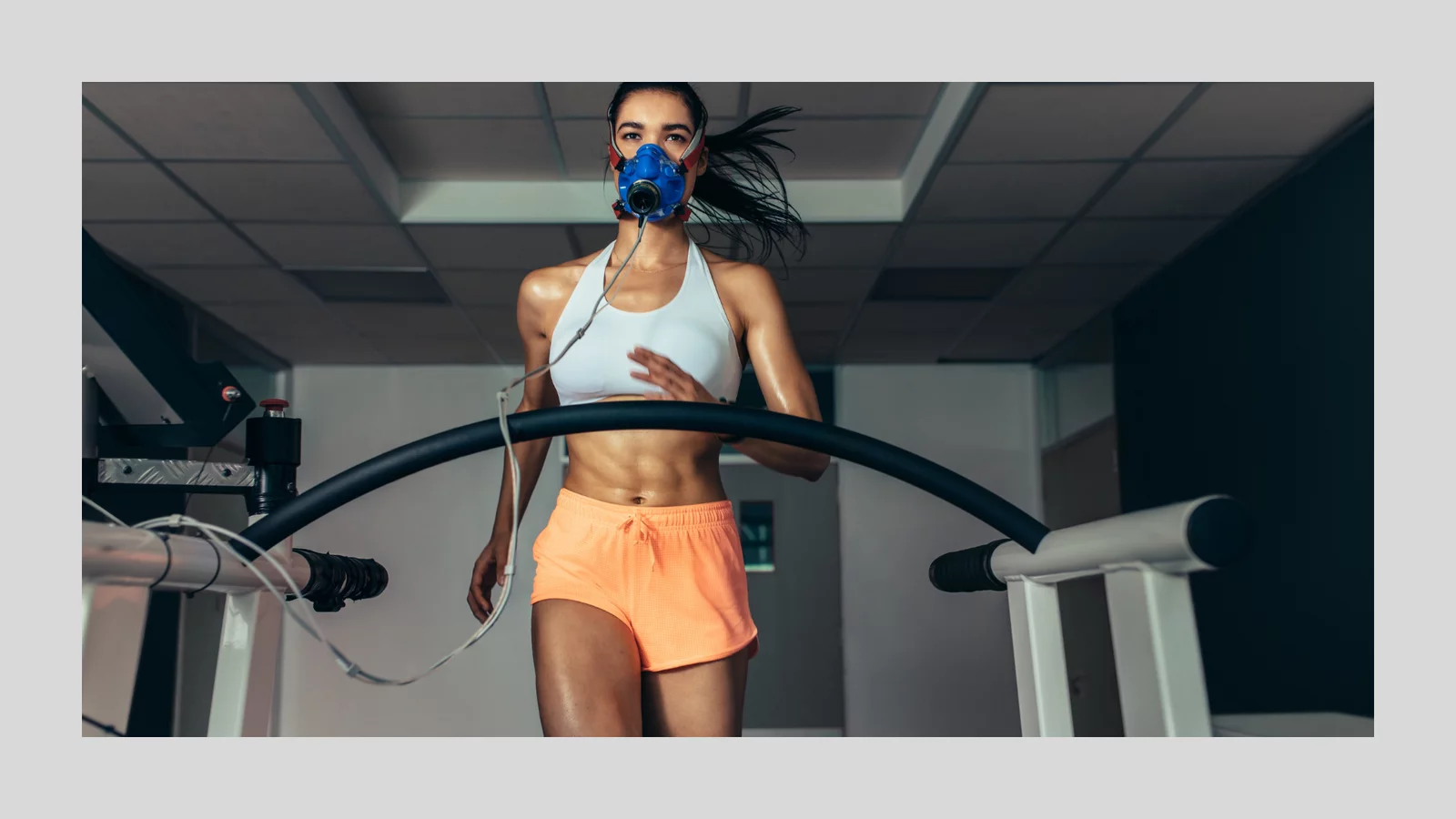TMTs are treadmill exercises that monitor heart rate, blood pressure, and other vital signs. Heart disease and arrhythmias are usually diagnosed with this test. A TMT test before buying a treadmill seems essential to find out if you have any health problems that could affect workouts and to make sure you are choosing an intensity level that is right for your fitness level. This reduces health risks and improves fitness.
Table of Contents
TMT test before buying a treadmill: Purpose and Operation
A treadmill stress test (TMT) monitors your heart rate, blood pressure, and other vital signs while you walk. During the test, the speed and incline of the treadmill are slowly increased to make the workout harder. The 10–15-minute test assesses your heart’s response to exercise. TMT diagnoses cardiovascular issues like heart disease and arrhythmias. During the test, doctors can see if your heart rate or other vital signs aren’t normal.
Who might benefit from one?
People with heart or fitness problems may benefit from a TMT (Treadmill Stress Test). TMT test helps these people identify any underlying health issues affecting their exercise routine and choose an appropriate intensity for their fitness level.
Before buying a treadmill, people with fitness concerns or who have been sedentary for a long time may benefit from a TMT. The test can detect heart issues and assess fitness, informing an exercise plan. Starting at a lower intensity and gradually increasing it can safely and effectively improve fitness and reduce cardiovascular disease risk.
Before buying a treadmill, several other tests may be helpful, including a TMT.
Examples:
Resting ECG: An electrocardiogram (ECG) measures heart activity non-invasively. Before exercising, a resting ECG can detect heart issues.

VO2 max test: This test measures an athlete’s maximum oxygen intake. It can assess cardiovascular fitness and determine exercise intensity.
Body composition analysis: This test measures body fat and muscle mass. It can reveal general health and assist in tailoring an exercise routine to specific goals.
Blood pressure test: This test measures arterial blood pressure. High blood pressure should be checked before working out because it can lead to heart disease and other health problems.
By taking one or more of these tests, people can find out if they have any health or fitness problems that might affect their workout if they buy a treadmill. This information can help them choose an appropriate exercise intensity and reduce health risks.
Benefits of a TMT Test Before Buying a Treadmill
- Getting to the bottom of health problems: TMT, resting ECG, VO2 max, and blood pressure tests can help find health problems that make exercising hard.
- Help you make an exercise plan that fits your needs and level of fitness, ensuring safe and effective workouts and improved fitness levels.
- Reducing the risk of health problems during exercise reduces injuries, cardiovascular disease, and overall health outcomes.

Common issues and solutions
TMT and VO2 max are expensive: However, identifying underlying health issues before an exercise routine may be beneficial. Check with your insurance provider, as many cover some or all of these tests.
Time: TMT and VO2 max tests take 10–60 minutes. While this may seem like a lot of time, these tests can help create a safe and effective exercise routine, saving time and reducing the risk of injury or complications.
Anxiety or fear of the test: If you’ve had bad medical experiences, you may be nervous about taking a test. Discussing concerns with a healthcare professional can reduce anxiety and make the test more comfortable.
Pre-purchase TMT is a personal choice. Even though there are some concerns, finding out if there are any underlying health problems and making an exercise plan fit the needs of each person can improve fitness and lower the risk of health problems.
Finding a Reputable Healthcare Professional
Your family doctor might be able to send you to a testing center or a healthcare professional who can do the test you need.
Online reviews of testing facilities can help you evaluate care. Find facilities with good ratings.
Your insurance provider may have a list of approved testing facilities or healthcare professionals who can administer the necessary test. This can help your insurance cover the test and reduce out-of-pocket costs.
Ask friends or family: If someone you know has had a similar test, ask for a reputable testing facility or healthcare professional.
Check credentials: Make sure the test administrator is qualified. Cardiologists, exercise physiologists, and other specialists may perform TMTs.
Find a trustworthy doctor or testing center to ensure the test is done correctly and safely.
Options to assess health and fitness before buying a treadmill
Start with a walking program: If you’re new to exercise or have fitness concerns, starting with a walking program can gradually increase your activity level and endurance. Walking, a low-impact exercise that can be done almost anywhere has many of the same cardiovascular benefits as running or other more intense exercises.
Personal trainers can help you create a safe and effective exercise routine. They can also identify weaknesses or imbalances before starting an exercise program.
Monitoring heart rate during exercise: This isn’t as detailed as a TMT or VO2 max test, but it can give important information about a person’s fitness and level of effort. Gradually increase exercise intensity while monitoring heart rate to improve endurance and fitness.
There are alternatives to testing before buying a treadmill, but they may provide less information. A test may be safer and more effective for people with health issues or fitness concerns.
Pick a treadmill for your fitness level and needs
Fitness: Consider your fitness level and goals when choosing a treadmill. A treadmill with a lower maximum speed and incline may be better for beginners. Experienced runners may need a treadmill with higher speeds and inclines.
Motor power affects treadmill performance and durability. Most users should choose a treadmill with a 2.5-HP motor. Treadmills used for running or high-intensity workouts may need a stronger motor.
Adjustable incline: An adjustable incline lets you target different muscle groups and vary workout intensity. Some treadmills can go higher than 10-15%.
Cushioning: Good cushioning reduces step impact and protects joints. Find treadmills with shock-absorbing decks.
The size of the treadmill affects stability and performance. Make sure the treadmill fits your stride and weight.
Extras: Some treadmills have heart rate monitors, workout programs, and app connectivity. Consider your fitness goals and features.
Conclusion
A TMT can reveal an individual’s fitness level and underlying health issues. Still, other options exist, such as starting a walking program or working with a personal trainer. When choosing a treadmill, consider the motor power, incline, cushioning, features, and size.
Before buying a treadmill, people with health issues or fitness concerns may want to test it. A walking program or personal trainer may be enough for beginners or those with simpler health histories.
Safety and a personalized fitness routine are the most critical factors. Exercise should promote long-term health and wellness, whether you test before buying a treadmill or using other methods.



